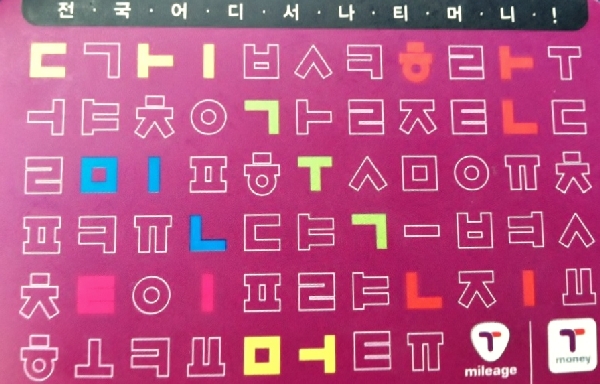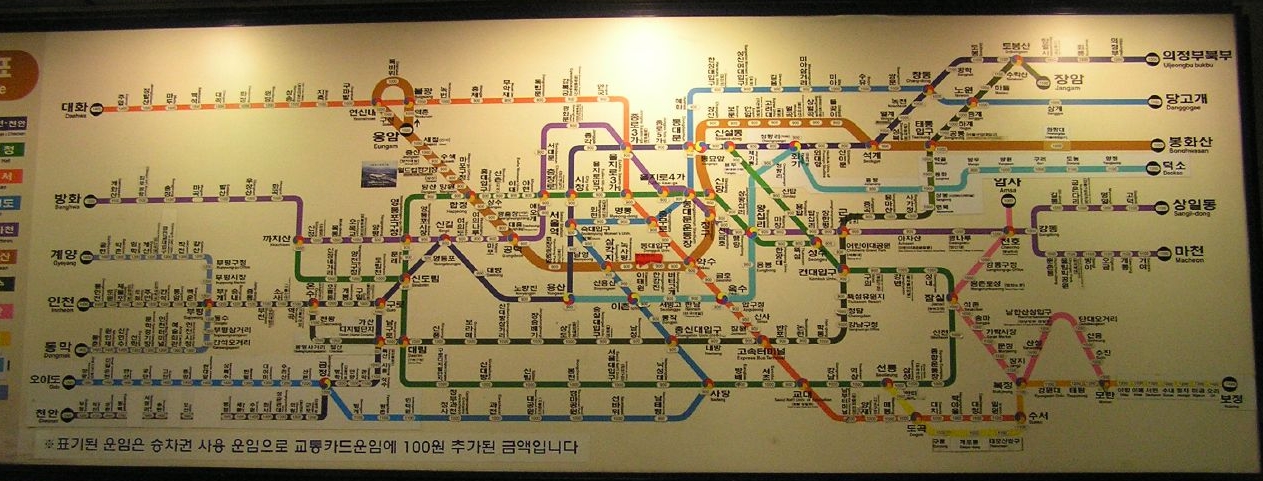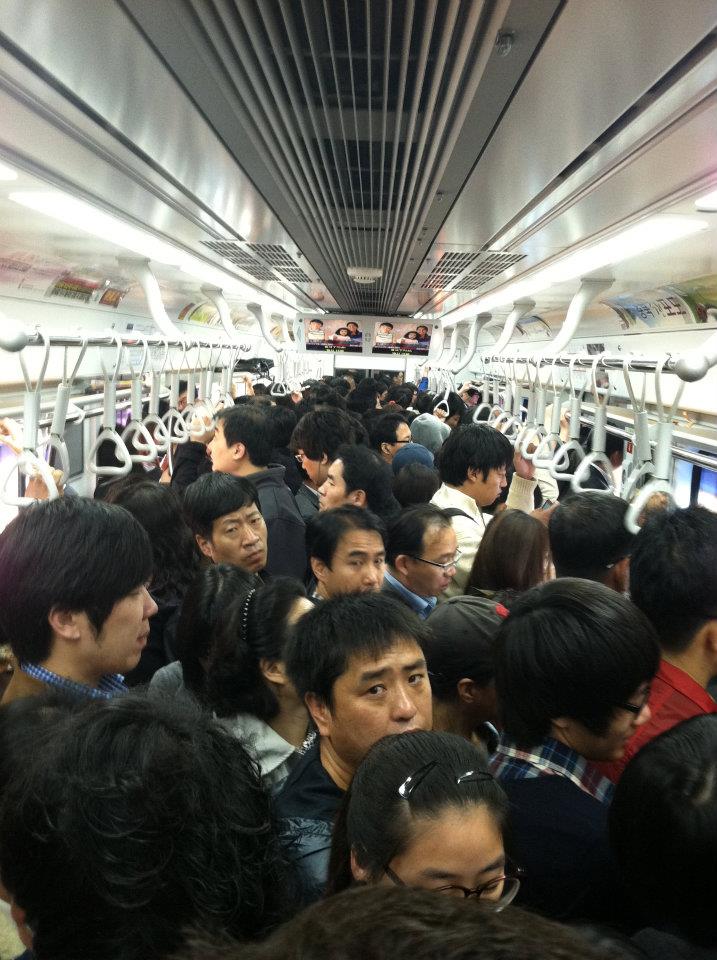Seoul is the capital of South Korea and home to more than 10 million people spread across 25 different districts. To say Seoul is a big city is an understatement. That’s why you need to learn how to use Seoul’s extensive transportation system to your advantage.
Getting T-Money

The metropolitan area of Seoul encompasses nearly 25 million people. There is way too much history to absorb, traditional cuisines to try, and a raucous nightlife to explore. And you will spend most of your time here. Fortunately, the transportation system here is extensive and affordable.
First and foremost, make sure you have a T-Money card. This card will make traveling easier. Without it, you will have to purchase tickets for the subways, which is just a waste of time and money when one can simply scan the card to board a train instead. Also, unless you have exact change, you can’t board the buses. Just get a T-Money card at a conveinence store and load it up.
Using the subway
Buy a map of the subway system or even get the map downloaded to your smartphone. The subway is expansive and the best way to get around so you need to learn which lines go where and where to transfer.
To make matters easier, the lines are color-coded: line 1 is dark blue, line 2 is green, line 3 is light orange, line 4 is light blue, line 5 is purple, line 6 is dark orange, line 7 is brown, and line 8 is pink. The lines to Bundang, an affluent suburb, and Incheon Airport are yellow and pale blue, but those lines are isolated from the main subway system as they lead out of Seoul.

Image credited to Adam Raoof.
Here is a piece of good news for you about the subway system– all signs are in English as well as Korean. This includes signs that tell you what attractions are around your subway station and what exits to use. The best way, however, to expand your knowledge of subway system and to find out where the best attractions are is to go with Koreans.
Using the bus system
Another option for travel is Seoul’s bus system. Although this is less favorable compared to the subway, it can be less cramped, albeit occasionally, and can go places the subway does not.
There are five bus terminals in Seoul: Express Bus Terminal, Central City Bus Terminal, Dong Seoul Bus Terminal, Nambu Bus Terminal, and Sangbong Bus Terminal. All are hubs for buses to travel around the city and also have buses to take you around the peninsula. If you’re traveling north, to Pyeongchang or the Demilitarized Zone, buses from Seoul are a viable option. However, when traveling south, there are better options for travel, especially when traveling further than Daejeon or Pyeongtaek.

Using the train
Seoul Station is a train hub where subway lines 1 and 4 both meet. It is also where one can board Korail, South Korea’s bullet train. The Korail, referred to as KTX, can take one from Seoul to Busan, the second highest populated metropolitan area in Korea on the southern coast, in three hours compared to the never-ending traffic jam that would be a bus ride from Seoul. KTX also has stops in other large metropolitan areas Dongdaegu, Gwangju, and Yeosu-Expo.
Taking a taxi
Transportation in Seoul and Korea is an enormous system that can be daunting. However, it really is not as difficult as it may seem. If, however, none of these transportation options work for you, there is one option left: take a taxi. Between four people, it costs 3,000 won per person to travel 30 minutes distance in downtown Seoul. You’ll never find a taxi that cheap anywhere else.